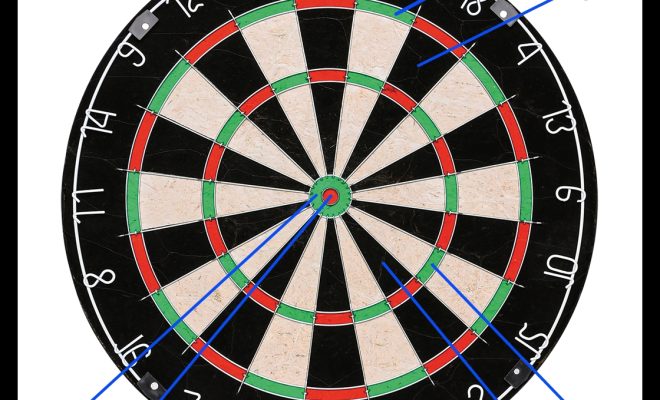3 Ways to Detect a Liar

In today’s interconnected world, trust and honesty are more important than ever. However, not everyone believes in telling the truth. Whether in personal or professional settings, it is essential to know how to detect when someone is dishonest with you. In this article, we explore three effective ways to detect a liar.
1. Evaluate Their Body Language
Body language is a powerful indicator of honesty or deception. Liars often exhibit nervous behaviors and nonverbal cues that can help you determine their true intentions. Here are some signs to look for:
– Fidgeting: A person who is lying may fidget excessively, playing with their hair, tapping their feet, or touching their face.
– Avoiding Eye Contact: Liars often avoid making eye contact, as it can be difficult for them to maintain a lie while looking directly in someone’s eyes.
– Crossed Arms: Crossing the arms may indicate discomfort or defensiveness associated with deception.
Keep in mind that some people may have different baseline body language and might display these behaviors due to shyness or other personal reasons. Be sure to take context into account when evaluating body language.
2. Listen to Their Speech Patterns
Another way to detect a liar is by paying close attention to their speech patterns. People who are lying might unconsciously change their speaking style, which can reveal their dishonesty. Some verbal cues of deception include:
– Hesitation: Liars may hesitate more than usual as they try to come up with details or explanations for their statements.
– Vocal Pitch Changes: A nervous liar could experience pitch changes in their voice when explaining the lie.
– Overemphasis: When someone is lying, they might overemphasize certain words or phrases in an attempt to convince you they’re truthful.
Again, consider context and any speech pattern variations that the individual might have naturally.
3. Look for Contradictions
People who lie often struggle to keep track of all the details, resulting in inconsistencies or contradictions in their stories. To identify these discrepancies:
– Ask for specifics: Requesting additional clarification or information can help you determine if someone is being truthful.
– Provide time for reflection: Allow the individual to think about their story, as someone who is lying may become flustered trying to remember fabricated details.
– Compare with known facts: If you suspect deception, compare the person’s account with any evidence or information you have available.
Remember that honest people occasionally mix up facts or forget details. Do not immediately assume dishonesty when you observe inconsistencies.
In conclusion, it’s crucial to understand how to detect a liar by evaluating body language, listening to speech patterns, and looking for contradictions. Keep these strategies in mind as you navigate through personal and professional relationships, and always trust your instincts when something doesn’t feel right.

